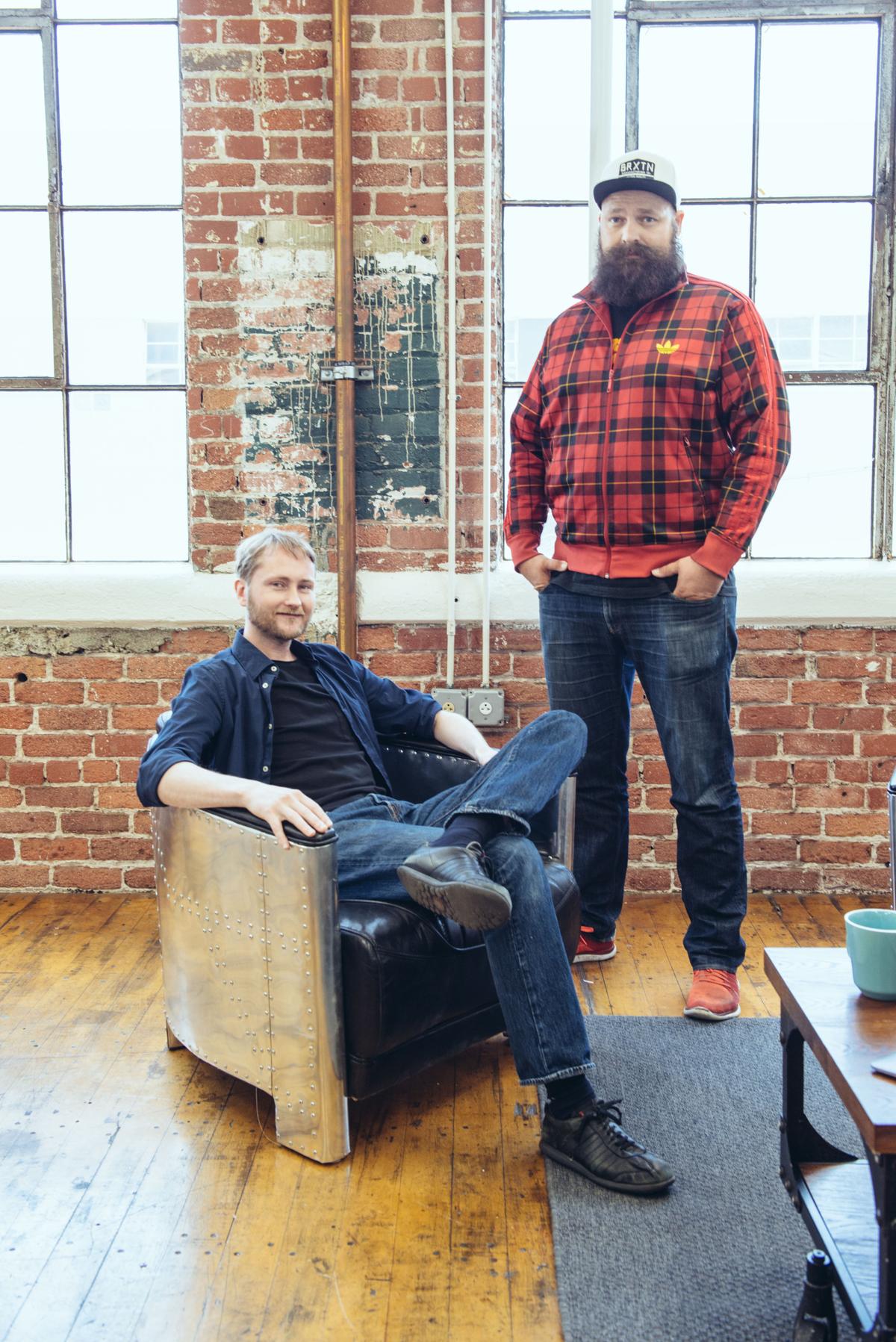10 Years of Netlify, from Jamstack to Agent Driven Development

Today marks exactly 10 years since I launched Netlify out of private beta with a Show HN post.
Back then, Netlify was just two Danes bootstrapping, with me as the sole developer, somehow managing to spin up a global CDN with instant atomic deployments directly from GitHub. The zero-configuration, serverless, git centric, frontend deployment we pioneered became synonymous with the modern frontend cloud.
Reflecting on this anniversary, it’s incredible to see how far the web has evolved and how much we’ve grown.
When Netlify launched, frontend developers were rarely taken seriously — often dismissed as “not real developers.” Their role typically involved converting PSD designs (no Figma back then!) into HTML and CSS so a “real developer” could integrate them into apps. Architecture was usually defined by the server-side language: PHP with the LAMP stack, Ruby, Java, or .Net.
At the time, I firmly believed frontend developers were poised to become the real web developers. My goal was to elevate the frontend layer to a first-class architectural citizen, decoupling the web app itself from the backend business logic and data layer.
The Rise of Jamstack
I coined the term “Jamstack” to describe this decoupling, envisioning a web stack driven by browser-native technologies. Netlify aimed to deliver the best possible developer experience (DX) for building with Jamstack, empowering frontend teams to develop complete web experiences and usher in a new era.
From our launch and over the next five years, we saw the rise of Jamstack and the explosion of modern frontend development. The industry gradually moved away from WordPress, Drupal, Spring and Ruby on Rails toward React, Vue, Gatsby, Next, Nuxt and Astro as the defining elements of the stack.
The availability of headless APIs exploded. Teams shipped faster, and the performance, reliability, security, and overall user experience of the web improved dramatically.
Bootcamps started producing thousands of new React developers, even as skeptics argued these developers would never be “real developers” without deep traditional backend knowledge. Today, there are roughly 14 million frontend developers. They are vital to web teams at every company, revitalizing the web with faster, better experiences and creating a more compelling platform than what could have been imagined in 2015.
However, as major architectural shifts moved from innovators and early adopters to the mainstream, the past five years have felt less revolutionary. Tooling evolved rapidly, but the fundamental ways most companies built sites and apps didn’t drastically change.
Enterprise adoption grew significantly, and at Netlify, we helped large businesses adopt our stack in complex, demanding environments. We enhanced our platform with robust security offerings, advanced caching primitives, scalability improvements, and tools that facilitated coexistence between modern decoupled frontends and legacy systems. We started accommodating larger stakeholder groups beyond dedicated frontend teams, and scaled to more than a billion unique monthly visitors and petabytes of monthly data transfer.
The Next 10 Years
Looking ahead at the next decade of Netlify, I’m reminded of our founding moment: a time when it felt like the industry was about to fundamentally shift and a new type of developer would emerge.
Today, we’re witnessing the rise of “vibe coding” and AI-driven agents capable of writing and deploying code. Tools like Bolt, Lovable, Repl.it, Windsurf, Cursor, Cline, and Claude Code have advanced to a level suggesting another fundamental change in how the web is built.
Just as frontend developers were underestimated in 2015, the emerging generation of “vibe coders,” are often dismissed as hobbyists or tinkerers, or as a pure appendage to agents while the role of software developer entirely gets overtaken by AI. Yet, much like Netlify and the Jamstack movement empowered front-end teams, I envision Netlify playing a key role in ushering in a future where agent driven development becomes mainstream and where the “vibe coders” of today become the “real developers” of tomorrow.
To help this vision of a vibrant, creative web with an order of magnitude more builders, Netlify must deliver exceptional Agent Experience (AX), remove friction for AI agents deploying code, iterating, and make it safe and secure for “vibe coders” to publish their creations through the web to every connected device in the world.
Since founding Netlify I’ve never been more excited about the future and the potential for the open web. I believe the next decade will allow the next 100 million developers to build on the web — not through restrictive no-code tools, but through collaborating with intelligent agents taking care of the routine development tasks: writing syntax, fixing errors, integrating systems, configuring platforms, and rapidly adapting to new APIs and services
Netlify was created with a vision of building a better web and I’m incredibly proud of the impact we’ve had this last decade. But the mission to enable the world’s developers to create and unlock the power of the web continues and the next 10 years will be transformative. Netlify is here for it and will lead the way to foster an amazing ecosystem where humans and agents collaborate to shape the future of the open web.
Did something we built, shipped or did at Netlify over these last 10 year inspire you, empower you or impact your career? Skeet, Tweet or post at me. I would love to hear about it.